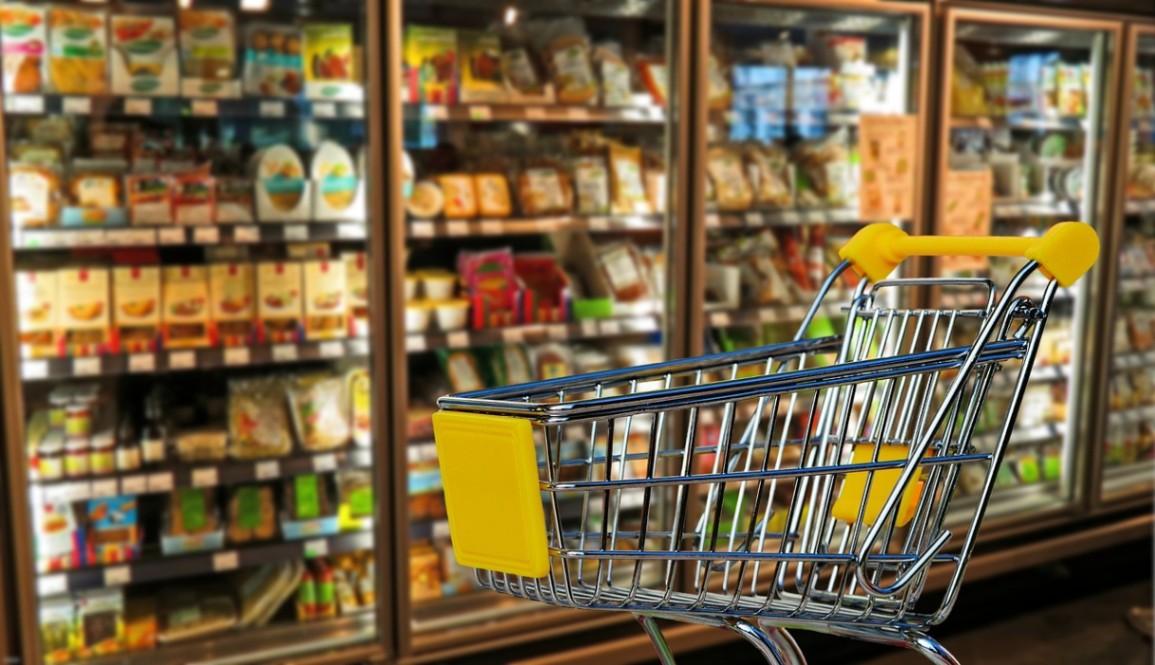August retail sales above expectations due to revisions to older data, but slight improvement is evident
Economic commentary by Jakub Seidler, Chief Economist of the CBA

Retail sales (excluding autos) rose by 5.3% year-on-year in August, above analysts' expectations (according to Reuters) of 4.2%. At the same time, the July figure was revised upwards from 4.5% to 4.9%. However, the stronger-than-expected August year-on-year growth was mainly driven by revisions to historical numbers, with month-on-month real sales growth itself moderate in August and even declining slightly after adjusting for fuel price increases. The reported year-on-year growth is after adjusting for differences in the number of working days and weekends, and was 4.5% unadjusted. However, despite the volatile retail sales figures and frequent revisions, it is clear that sales have been improving slightly in recent months, rising by 4.3% year-on-year from January to August. However, total sales in real terms have still not reached the average level of 2019, mainly due to weaker food sales, which remain 10% below 2019 levels.
On a month-on-month basis (seasonally adjusted), sales grew by just 0.1% in real terms in August. However, the trend was mixed, while food sales fell by 1.2% in real terms (this year's average +0.2%), non-food sales rose by 0.6%, representing the average month-on-month growth this year, while fuel sales grew more strongly, by 2.1%. However, sales excluding the impact of fuel sales alone fell by 0.2% m-o-m.
On a year-on-year basis, sales growth continued for the ninth consecutive month, with August's 5.3% after a revised 4.9% in July. However, excluding calendar adjustments, growth was weaker (4.5%) and stronger for food (2.2 vs 1.6% yoy) due to the spread of weekends, see Graphs 1-3.
While August retail sales ended above analysts' expectations, this was mainly due to the impact of revisions. The month-on-month momentum in August itself was weaker, however, after being the second strongest this year (0.8) in July. Thus, although the August figure itself is slightly more optically favourable, retail sales have started to improve again in recent months, suggesting a more moderate optimism among domestic households. However, compared to developments in the EU, domestic sales have lagged in real terms in recent years (Graphs 4 and 5) and are still not at the average level of 2019.